Why Is My Furnace Blowing Cold Air? The Ultimate Guide
Enjoy reading the latest DIY articles and saving money?
Receive our latest helpful hints, tricks and savings, directly to your inbox.
Posted November 27, 2020
An estimated 47% of American households use natural gas for heating. As temperatures continue to get low in many states, homeowners are now using their furnaces more than ever. If you have it, you have probably used it too. However, like the other home appliances, a furnace is prone to problems. One of the most bothersome issues is having the furnace blowing cold air when, on the contrary, you expect warm and relaxing air.
Most people who experience this issue often dump the heating system and replace it with a newer one. But is this an ideal solution? No, it isn’t. When your furnace starts to blow cold air, it’s advisable to know the cause of the problem.
When you know the cause, it becomes easier for you to solve future similar problems without spending chunks of money. This guide discusses the common reasons why the furnaces blow cold air and the possible troubleshooting tips.
Thermostat Issues
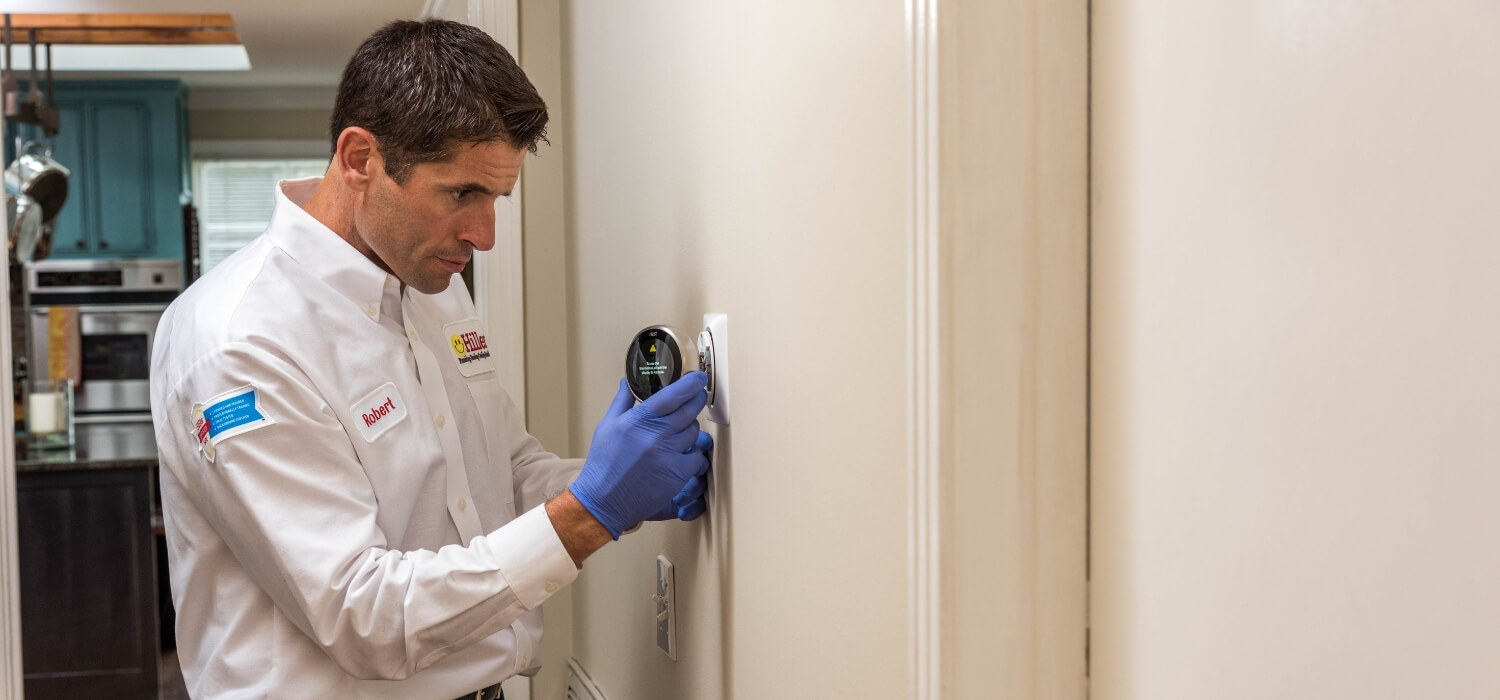
A thermostat controls the furnace temperature. If it’s not working well, you can’t get your desired heat level in the house. Here are some thermostat issues which could be responsible for the cold air in your house:
Dirty Thermostat
Dust can build up on the thermostat and cause heat transmission issues. Ideally, the dust blocks the thermostat’s vents, and sometimes, it can affect the gauge. When this happens, your thermostat cannot offer the heating you expect in your home.
Solution
Cleaning is the only solution to a dirty thermostat. When cleaning, you should use a soft cloth dipped in cold water. Avoid pouring lots of water on the thermostat component because you might cause a permanent problem.
If you find the DIY cleaning hard, call an HVAC expert to help you with the thermostat cleaning and maintenance processes.
Improper Installation
Homeowners try to do many things on their own when dealing with furnaces and other HVAC systems. While there is no problem with DIY practices, one may make many mistakes, including improper installation.
A thermostat that is not well installed cannot work well. It must fit in its exact location for it to provide heat.
Solution
Confirm that the thermostat is well located in its respective place. Check if the wires are loose and fix them well. Once you install it well, limit the number of people who touch it. Children and inexperienced persons may uninstall it and cause more problems.
Incorrect Thermostat Settings
Your thermostat has multiple setting buttons. Some control the fan, while others regulate the heat you get from it. The commonly used buttons on the thermostat are ON, AUTO, and OFF.
Some homeowners only choose the ON option whenever they turn on the furnace. While the ON option can be energy-saving, it only activates the furnace to keep running without necessarily providing warm air. This is why you experience cold air while the thermostat is still on.
Solution
The ideal solution is to switch your thermostat from the ON mode to the AUTO mode. The furnace should start to blow warm air unless there is another underlying problem. You can later switch to the ON mode when you get enough heat in the house.
Old Thermostat
The old thermostats have many operational problems when compared to the newer ones. If your thermostat has been in use for more than a decade, then it’s old, and that could be the reason why it’s blowing cold air.
Solution
Replace it. Nowadays, there are many smart thermostats. They are efficient, easy to use, and easy to adjust.
Some even have the auto adjustment option. Just make sure that you choose the best compatible thermostat. You may have to involve an expert in the process to avoid making mistakes.
The Air Filters Are Dirty
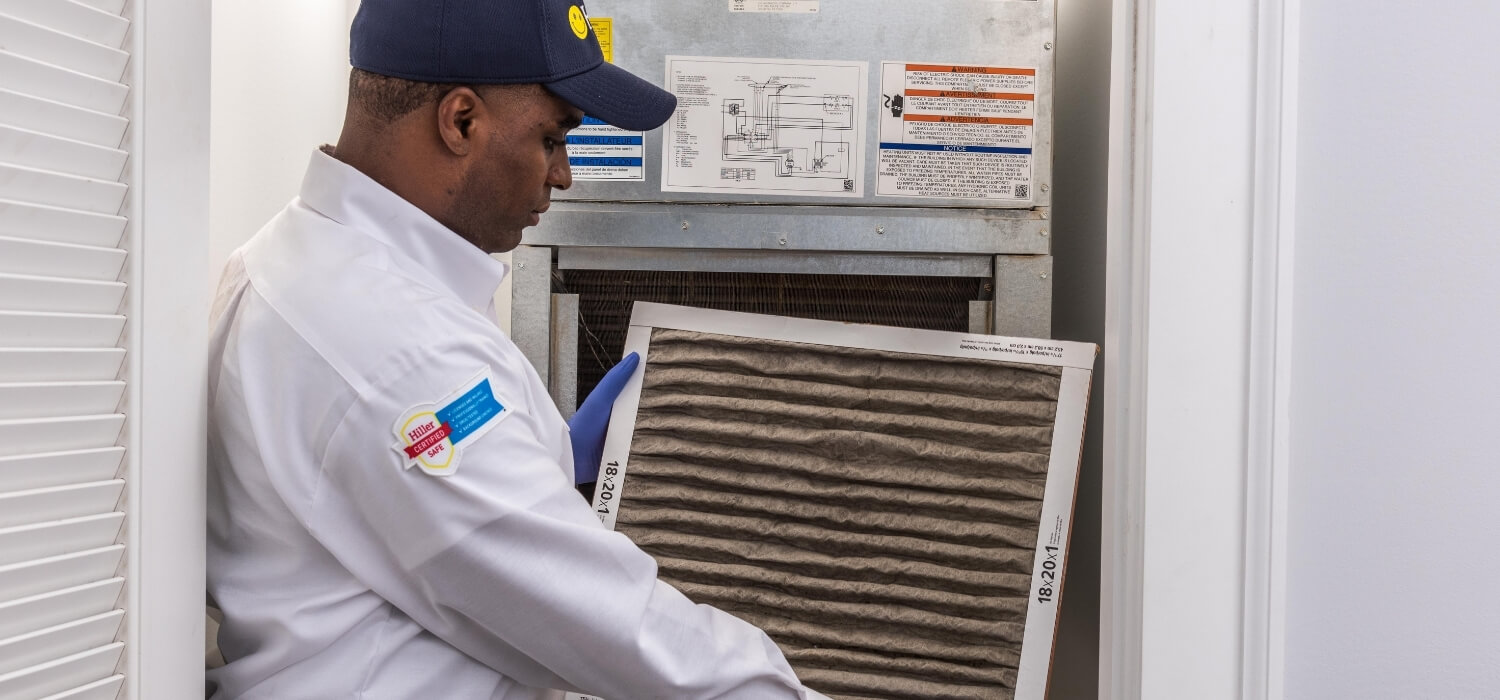
A thermostat is not always the cause of your furnace issues. Sometimes, the problem could be caused by your filters.
The role of filters is to allow the air needed by the furnace for combustion. However, the air that feeds in the burner system can be filthy sometimes. Besides, dust, debris, and other sorts of dirt may find their way into the filters.
If you don’t replace or clean the filters often, they may become heavy with dirt and affect the quality of the warm air you get.
Solution
Remove the dirty filters and clean them. The cleaning process should be gentle, and you should not use corrosive cleaning agents. If the filters are too old and the holes are big, then consider a replacement.
The average cost of replacing the filters ranges from $4 to $11, and you can carry out the replacement process independently.
There Is Not Enough Gas
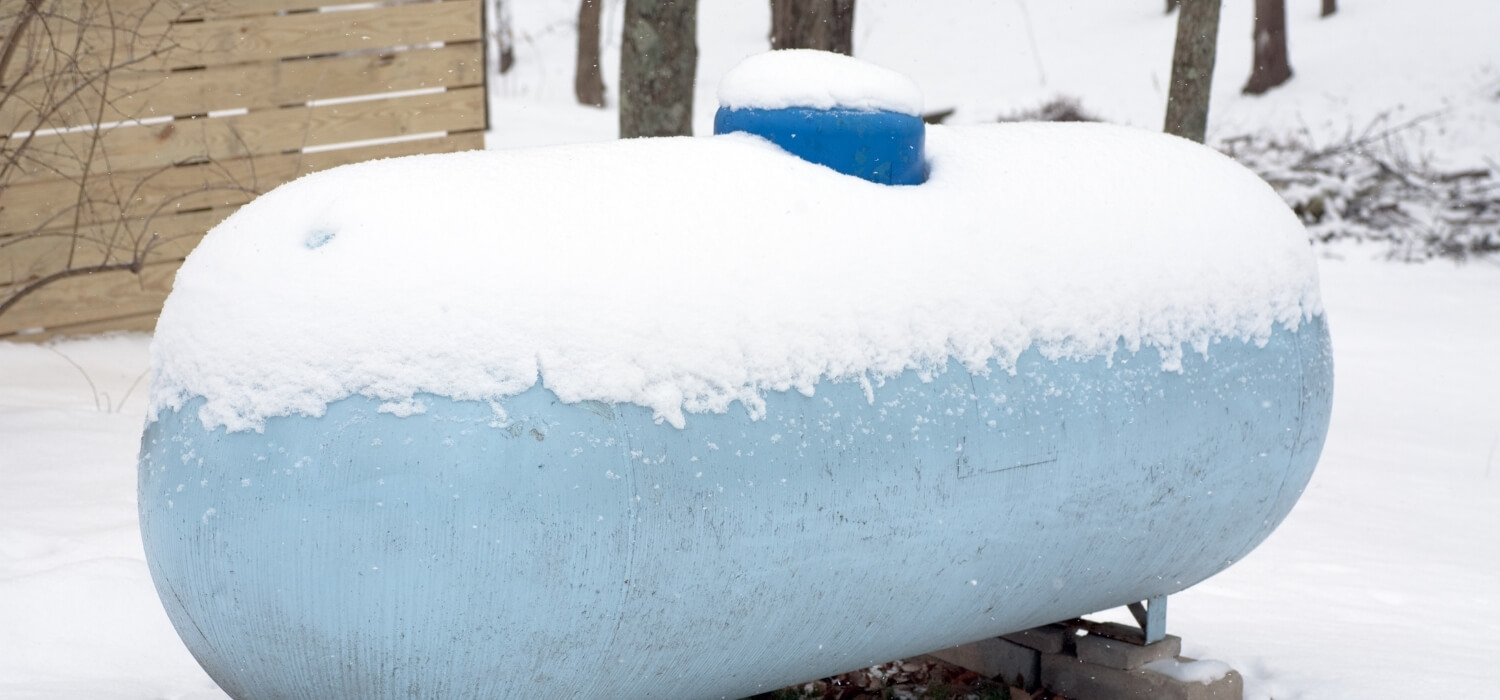
Your furnace might be blowing cold air because there is no enough gas. Maybe, you were not using the unit during the summer. During that time, the gas valves might have closed, broken, or clogged. Closed or clogged valves cannot supply the gas well, and this translates to cold air.
Solution
Open the gas valves and confirm that you have enough gas for the combustion.
If you use a personal gas tank and it’s not empty, you might need to check the gas’s pressure. The normal gas furnace pressure should be more than 15%. Any percentage less than that cannot be enough for heating.
If you use a shared gas line, check with your neighbors to confirm that the general gas line is working well and is not turned off. After turning on, the furnace should work well if a gas issue was the main cause of the cold air.
Issues With the Computerized Controls
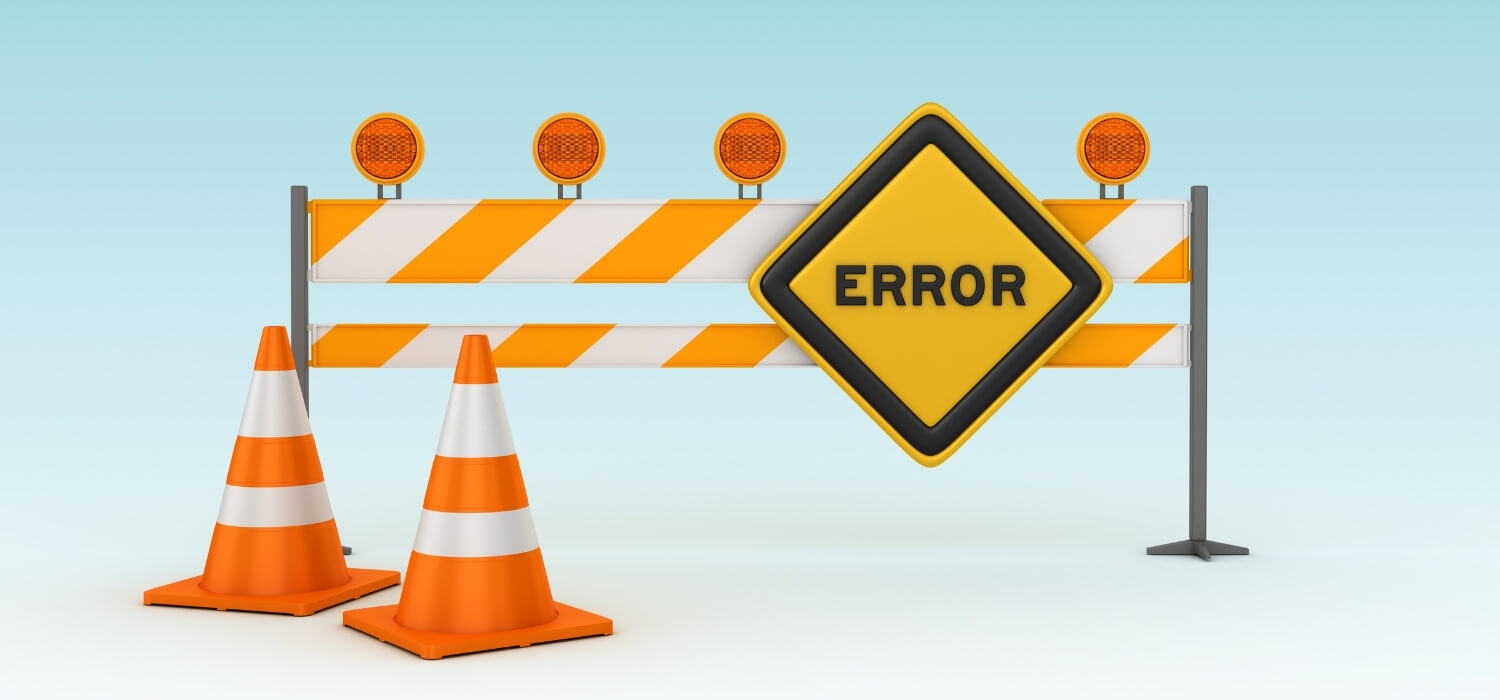
All the furnaces which have been made in the last few years come with computerized controls. The manufacturers fit them with self-diagnostic technology, which the users must master well before using the furnaces.
Although each brand is unique, the general concept is the same.
When the furnace detects a problem, it displays an error code. It’s up to you to check what the error code signifies so that you can solve the issue.
Solution
Use your manufacturer’s handbook to know how to use the computerized controls. Check the meaning of each error code, too, and how you can solve it. With that information, you can know how to deal with the main problems affecting your furnace.
The information can also help you know how to avoid cold air and what to do when you experience it.
The Pilot Light Is Off
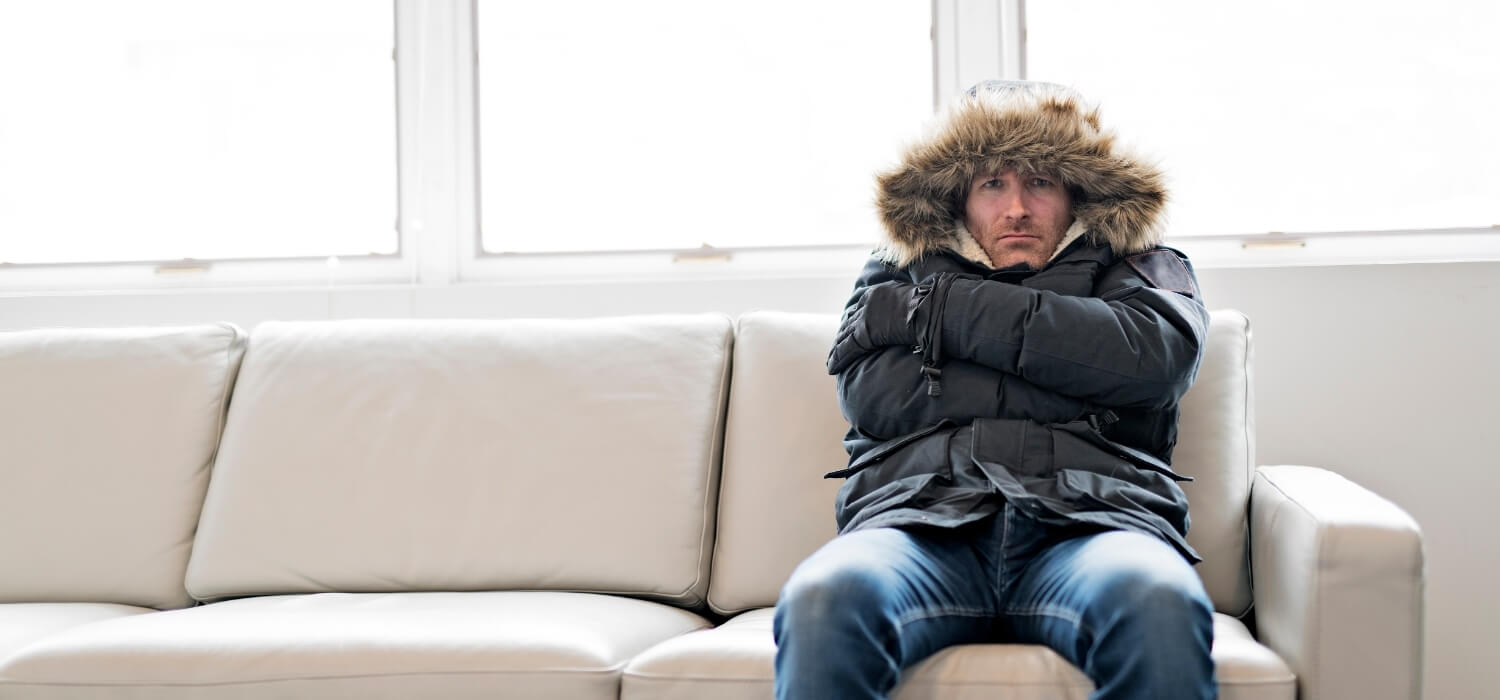
Most old furnaces come with a pilot light that heats the air. When the light is off, the furnace keeps blowing cold air into the house without heating it. This problem might be a little tricky to the homeowners who are used to the modern furnaces, which doesn’t have the pilot light.
Solution
You must relight the flame to prevent the cold air. To do this, check the bottom part of the furnace and locate a small knob. If you can’t trace the knob, check the manufacturer’s handbook to know its location in your furnace.
The knob contains three main settings: ON, OFF, and PILOT. Tap the OFF option and wait for at least 5 minutes to ensure that no gas is coming out. After that, tap the PILOT option to switch on the gas and restart the pilot.
Once it’s on, you can now tap the ON option to ignite the pilot lights. If the pilot lights remain off and the air remains cold, there may be an underlying issue. In that case, you may call an HVAC system expert to inspect and recommend an ideal solution.
Note that the modern devices don’t come with the pivot light. Instead, they have an electronic ignition, which includes the hot surface ignition. Most of these electronic ignition systems may not be long-lasting, which means you must often replace them.
If your furnace is more than four years old, you may consider replacing the entire pivot light if you suspect that ignition issues cause the cold air.
Too Much Condensation
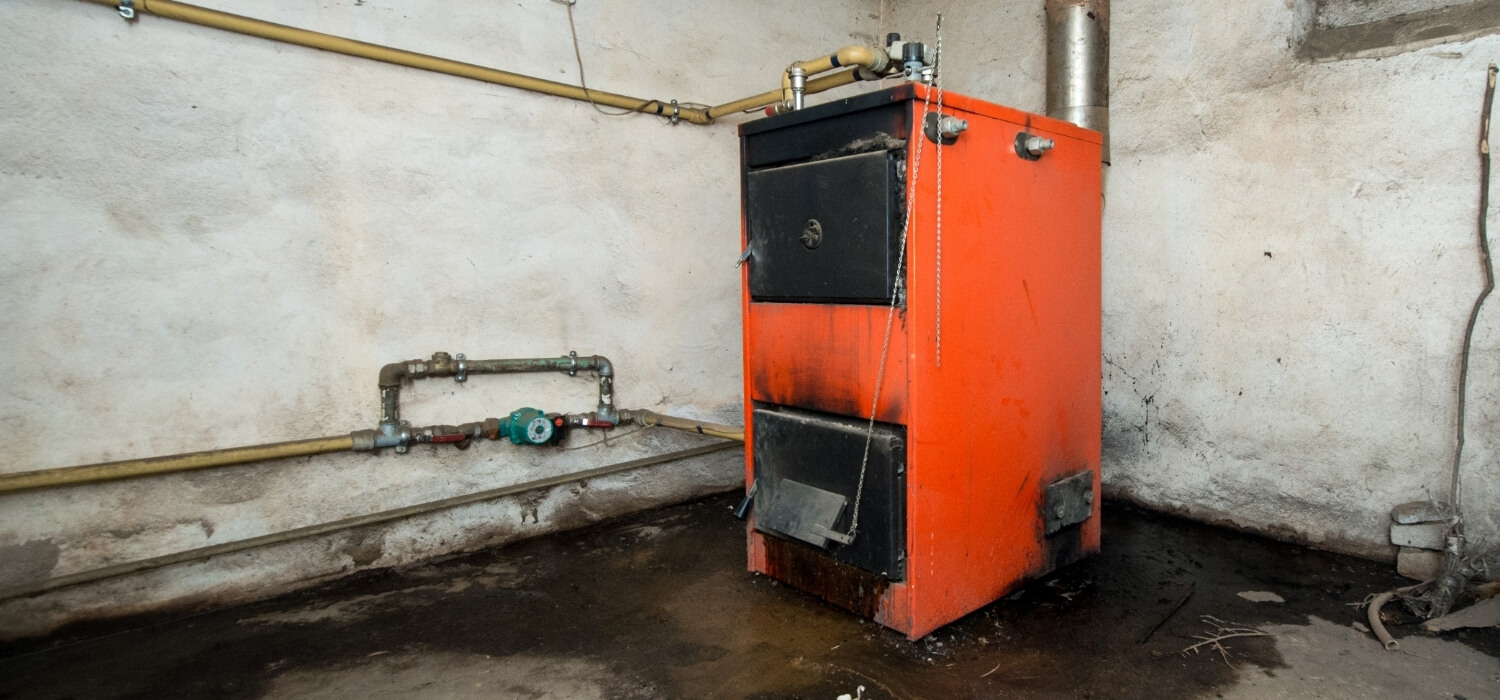
Furnaces come in handy during winter and cold nights. But did you know that just like humans, the HVAC systems might get the impact of too much coldness? This is true in the coldest regions. Ice might build up in the gas valves, block them, and reduce heating effectiveness.
You can notice a condensation problem through overflowing or standing water near the furnace. The standing water signifies that too much condensation occurs in the unit, mainly if you don’t use the furnace too often.
Solution
Here are steps that you can follow to remove the effects of condensation:
- Turn off the main power source of the furnace
- Check the condensate drain and wipe all the water in it
- Wipe the entire parts of the furnace with a soft cloth and warm water
- If there are visible ice buildups on the valves, get an electric tape and wrap until all the ice melts
- When done, return every part of the furnace into place and switch the power/gas on
The furnace should produce warm air if there is no other problem. Don’t hesitate to call an expert if the issue persists.
The Air Ducts Are Leaky

Leaks from the air ducts signify a major issue. If you don’t solve the problem, you might experience cold air despite having enough air gas in the tank.
Besides the excessive cold air, you might know that the furnace ducts are leaky when your home is excessively dusty, your utility bills are increasing, or there is uneven heating. Visible holes could also be an apparent sign that something is wrong with your ducts, hence the cold air.
Solution
Sadly, you can’t repair this problem on your own. You must consult a professional to inspect the condition of the air ducts and recommend an ideal solution. If the leaks are not extensive, then a simple repair procedure may be enough. The excess leaks may require a duct replacement.
The Fan Is Faulty

Does air from the furnace come out chilly, and then it becomes warm and turns chilly again? If yes, then that is an obvious sign of a faulty fan. The fan is usually located beneath the furnace hood. It distributes the heat coming from the furnace evenly to every part of the house.
If some parts of your home experience cold air than others, then the fan may be at fault.
Solution
Call a professional HVAC contractor to inspect the fan. If the fan is damaged beyond repair, then the expert may advise you to consider an HVAC system replacement.
The Furnace Is Overheating
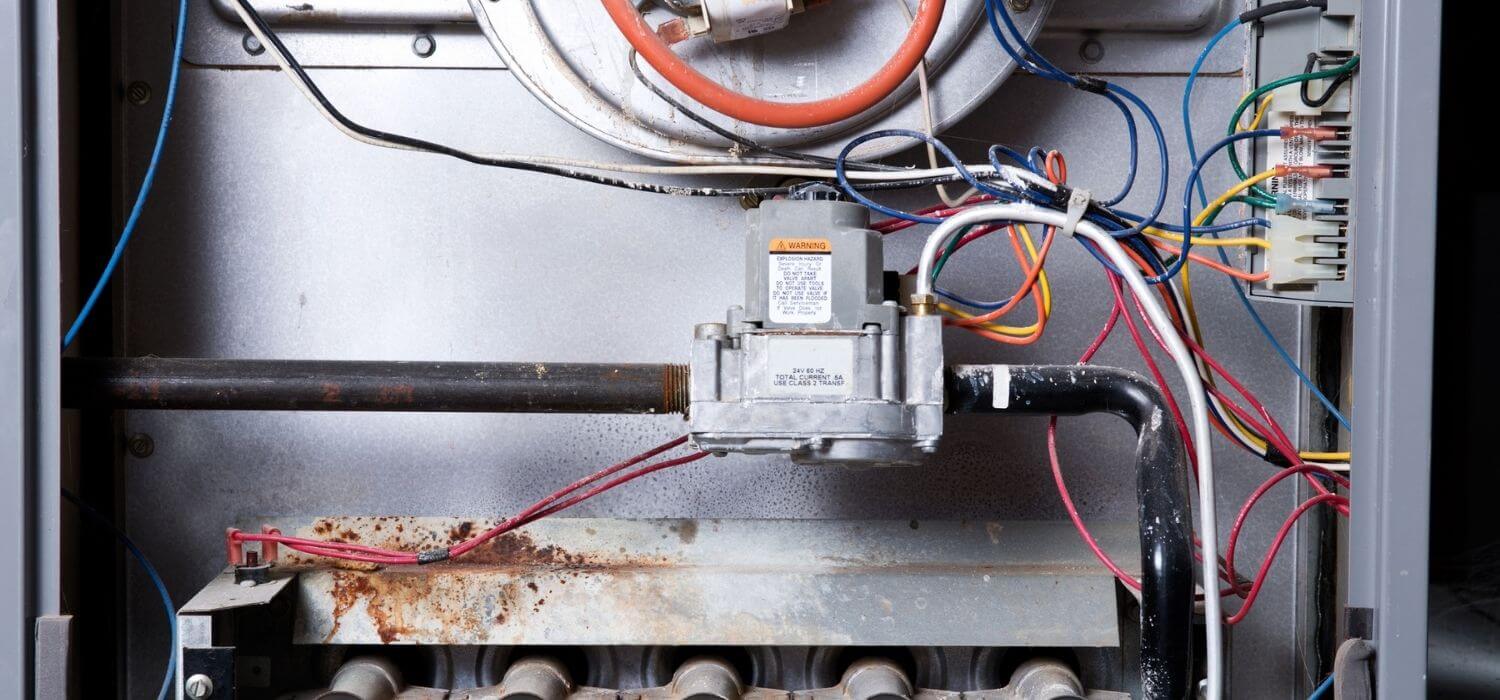
Your furnace is overheating if it blows hot air, then cold air, and turns off. The hot and cold air pattern might happen for an extended period, and still, your house remains cold.
When the furnace overheats, the heat exchanger becomes abnormally hot. The fan limit switch detects the excess heat coming from the heating exchangers and turns off when that happens. You can’t get warm air when the fan is off, and that’s why you experience cold air.
After some time, when the heat exchanger starts to cool, the fan limit switch tries to turn on again, and that’s how you experience the cold air.
Solution
Check the filters and confirm that they are not clogged. The clogs may block the filters, prevent the entrance of cold air into the furnace, and cause the overheating problem.
Ensure that the air supply vents are opened well. Closed vents prevent warm air supply to your house and block cold air from getting in. Call an expert heating repair company if the problem persists.
Furnace Blowing Cold Air? Consult an HVAC Professional

Are you still getting cold air from your furnace? Seek help from the experts. There are many reasons you might have a furnace blowing cold air, but the above are the main ones.
Most of these issues are not serious, and you can eliminate them if you seek early help. So, don’t dump your furnace or suffer in silence. Find a reputable HVAC technician to help you.
Hiller Plumbing, Heating, Cooling & Electrical is your reliable HVAC partner. Our technicians provide effective plumbing, heating, cooling, and electrical services to help our clients get the best service for their heating systems.
If you plan to install a new HVAC system or you are experiencing furnace problems, contact us to get advice and schedule an appointment with us.
 Daily Promotion
Daily Promotion
$500 Off Tankless Water Heater
Upgrade your comfort and give back this season.
Get Promotion